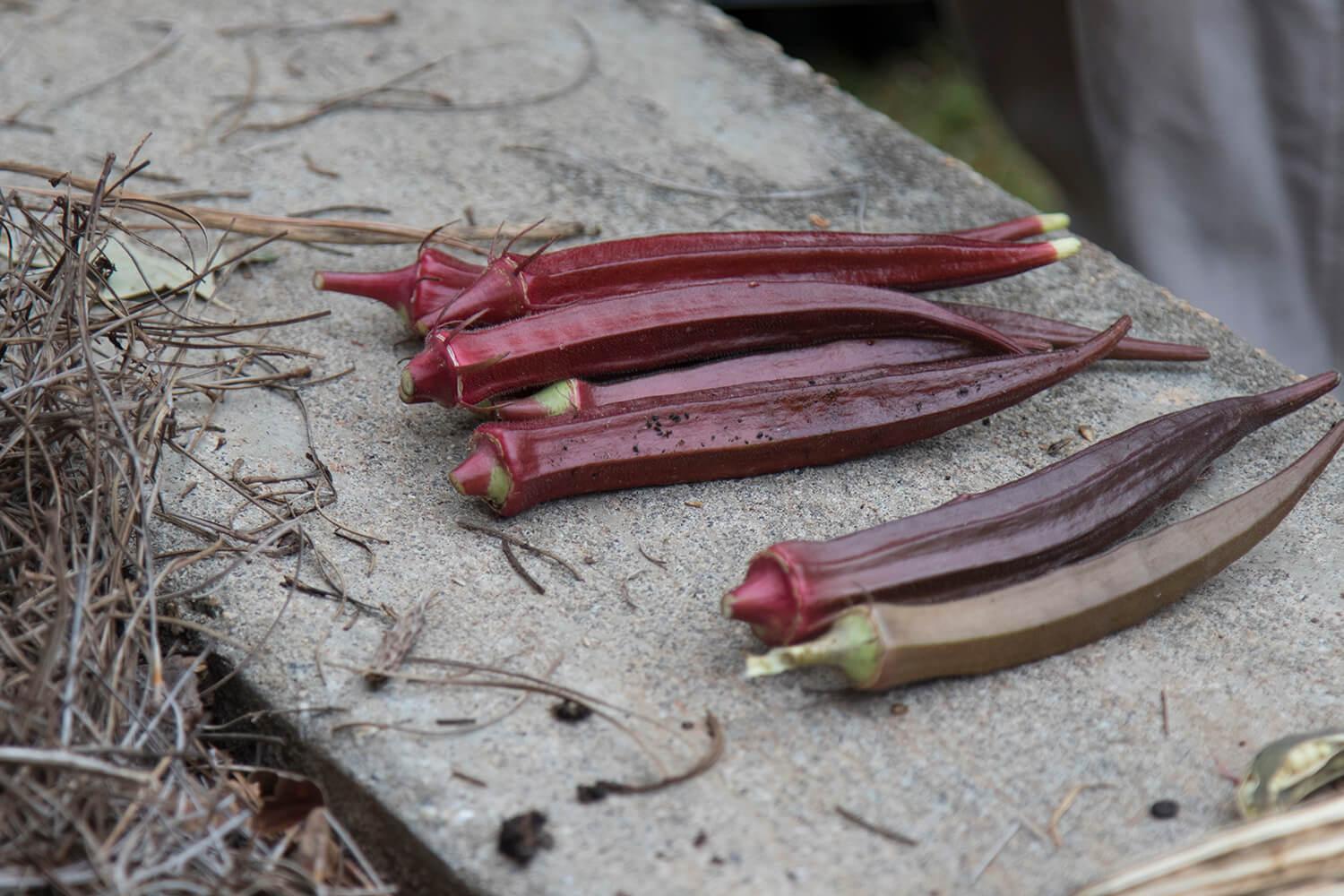Anthropology’s Historical Garden: Providing sustainability and a link to the past

Gail Bentley, office manager in the anthropology department and ‘99 UWG alum, was pondering what to do with a flower bed at the front of the anthropology building that had recently been cleaned out by UWG’s grounds personnel after becoming overgrown with nandina bushes and poison oak.
At that point, Sarah Pruvenok, UWG grounds caretaker, arrived to plant some flowering bushes in the spot and they struck up a conversation.
After determining that they shared a common love of gardening and historic things, they came up with an idea to plant a historical garden that would sustain indigenous native plants that would also reflect the history of the area.
After receiving approval from anthropology faculty, Pruvenok began planting and growing the garden. It quickly became quite popular as faculty, staff, and groups of students passed by and noticed what would become the Anthropological Historical Garden.
Reflecting plants of historical and archaeological significance to the area, the garden has included the Native American cornflower, which represents the hunters and gatherers of the Paleoamerican through the Woodland periods. Very early on, the leaves of this plant were cooked much like turnip greens are cooked today.
The garden also included the Three Sisters – corn or maize, large squash, and beans, that native horticulturalists planted as food crops. These cops were predictable and provided a food source that could also be stored for winter consumption.
Okra was also included. Arriving in North America in the late 1600s, it was a common food staple on cotton plantations, as it had the capacity to thrive in the southern heat. That, combined with its unique ability to act as a thickening agent, made it popular as it spread into North American cuisines such as New Orleans creole.
At the close of the summer garden season, Pruvenok had already planned for a winter garden – planting seeds in the greenhouse. The seed selection was taken from the Foxfire series, book four, in a chapter on old-time gardening in Northeastern Georgia.
“My reasoning for this was because I come from a family of gardeners spanning many generations and we come from that region,” Pruvenok explained. “Many people from that area, including a branch from my family, migrated into the Atlanta area in the early 1900s. The winter climate here is much like North Georgia, so what gets planted should be able to withstand frost, snow and ice.”
After seeing the blooming success of the garden, Bentley hopes to see it continue to thrive as a teaching tool in relevant classes – showing students a living demonstration of the ways in which past generations fed themselves.
“The Anthropological Historical Garden is a living, hands-on interactive educational experience that transcends social barriers in regard to cultural sustainability and historical significance,” Bentley said. “All of this could not have been possible without Sarah Pruvenok’s hard work and vast knowledge of native plants and how they are utilized. This garden is a living link to the past that will sustain us today and into the future.”
